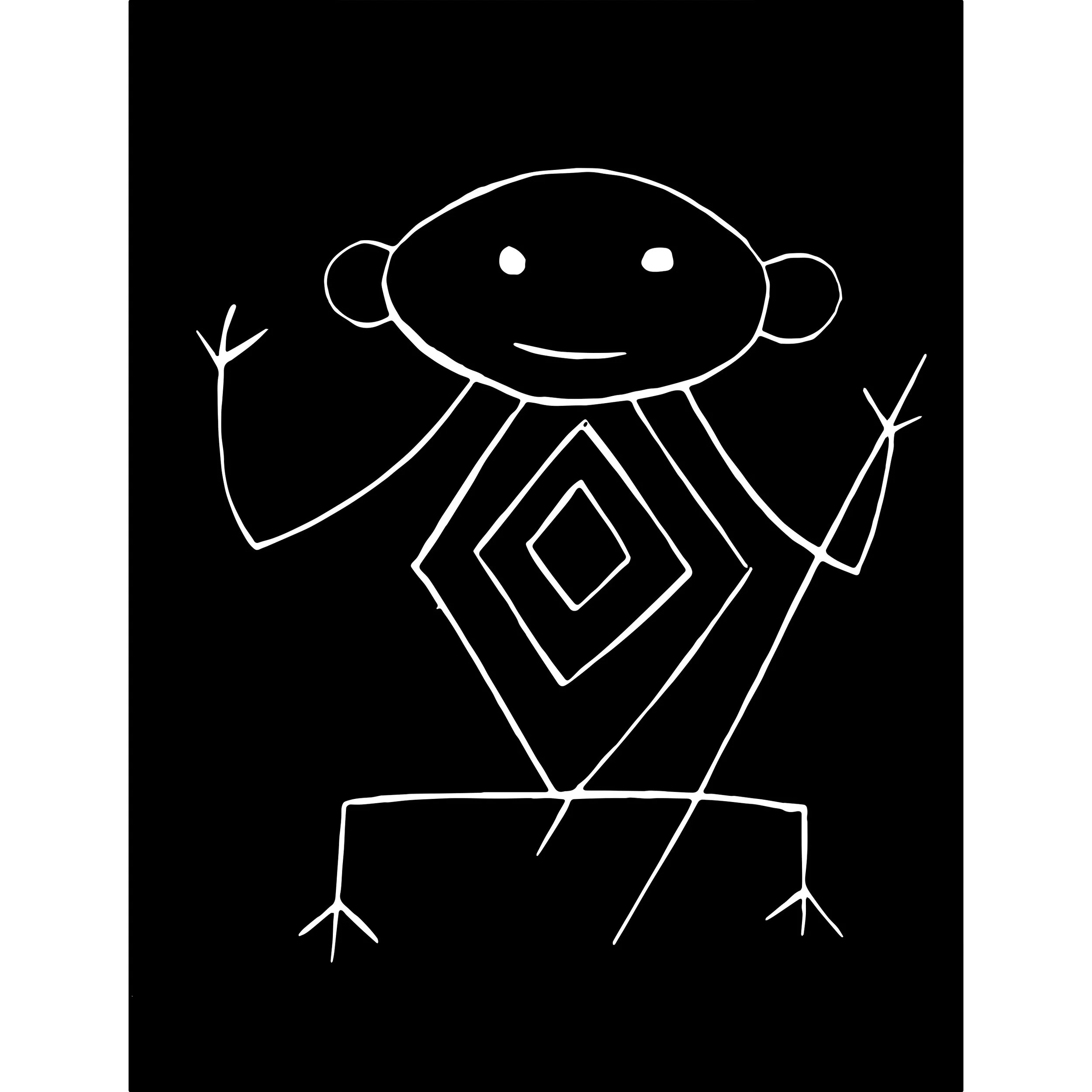The Tainos
Were an indigenous people of the Caribbean. At the time of European contact in the late fifteenth century, they were the principal inhabitants of most of Cuba, Hispaniola (the Dominican Republic and Haiti), Jamaica, Puerto Rico, The Bahamas and the northern Lesser Antilles. The Taíno were the first New World peoples to be encountered by Christopher Columbus during his 1492 voyage. They spoke the Taíno language, a division of the Arawakan language group. Puerto Ricans, Cubans and Dominicans have Taíno mtDNA.
Groups of people currently identify as Taíno, most notably among the Puerto Ricans, Cubans, and Dominicans, both on the islands and on United States mainland. Some scholars, such as Jalil Sued Badillo, an ethnohistorian at the University of Puerto Rico, assert that although the official Spanish histories speak of the disappearance of the Taínos as an ethnic identification, many survivors left descendants – usually by intermarrying with other ethnic groups. Recent research revealed a high percentage of mixed ancestry in Cuba, Puerto Rico and the Dominican Republic.

